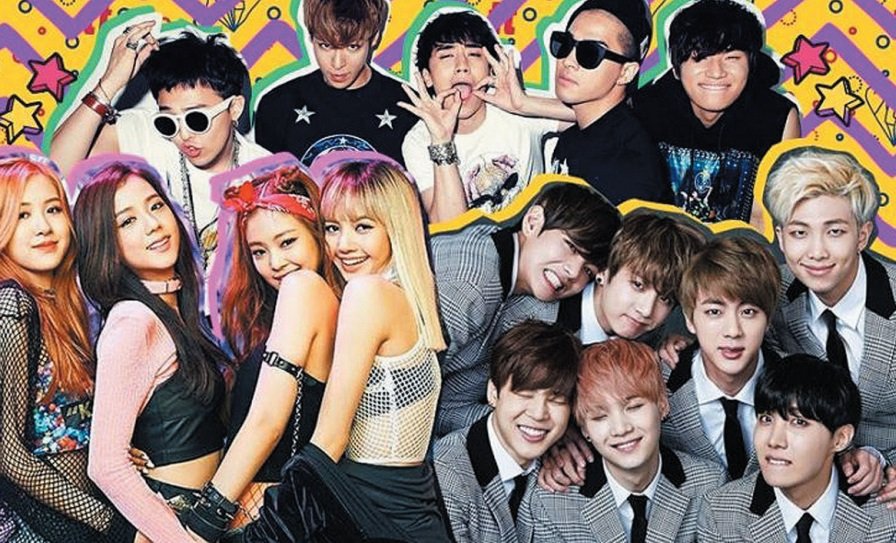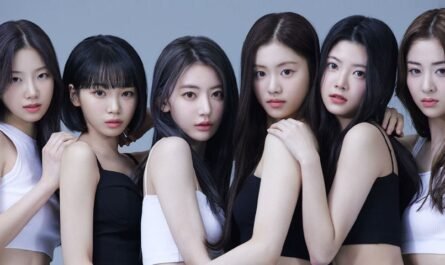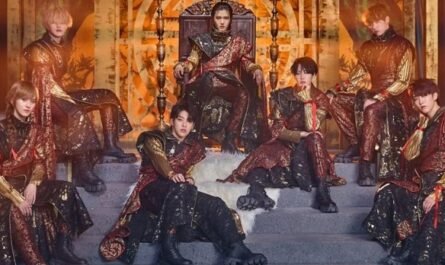One of the biggest hits among young people and teenagers today is k-pop, short for “Korean Pop,” Pop Korean in Portuguese. It is a musical genre that originated in South Korea, characterized by a variety of audiovisual elements. Even though the term refers to popular music, there are different styles, such as rock, hip-hop, rap, reggae, folk, etc.
K-pop became popular in East Asia in the late 1990s and entered the Japanese market at the turn of the 21st century. With the rise of the internet and social media, the Korean wave has spread across the world.
Young student Ana Beatriz Gomes Silva, 20, told how she got to know k-pop, which is now part of her identity. “My first contact with Korean music was in 2012 when the Psy song ‘Gangnam Style’ was quite successful.” With a “bubble gum” rhythm and an entertaining choreography, the video became the first on youtube to conquer 1 billion views. “In the same year, I ended up meeting a girl group, 2NE1, but for me, it was still Japanese music”, says Ana, referring to the fact that people always think that Asians are Japanese.
She reports that she only got to know k-pop at the age of 16, in 2016, when she watched a YouTuber video and played a song by BTS, which is the most listened to Korean group in the world.
“I liked it and started researching and ended up entering this world. Within a month, I knew a lot about the k-pop industry, the issue of training, companies, words that poppers use. But even so, for me, it was extraordinary because it was a language I was not used to”, he says.
Once, while listening to BTS on YouTube, she started playing a song by the group Seventeen on automatic playback, which today is the group Ana loves the most. “At the time I heard it, it was a shock to me because this group has thirteen people. If seven was already strange, at thirteen, my head exploded”, she reports.
Pâmella Sabrina Andrade Viana, 22, is another student whose youth was marked by K-Pop. At 10, she and her cousin met some groups, but they didn’t know he was Korean.
“One day, I was watching television, and there was a channel called PlayTV where I watched a lot of anime. After the animes, there were the MVs, and there was also J-Pop, which would be Japanese pop. One day there was a BTS clip. I thought it was very different. I got interested. There are seven members, in the beginning, I thought they were all the same person, but with different clothes”, says Pâmella, who likes dancing a lot, a characteristic that attracted her a lot in the group. “And then, because of BTS, I became K-Poper, and later on I would become Army, which is the BTS fandom,” he says.
IDENTITY
“K-pop was vital to me in a lot of ways. One of them was my growth, because artists talk a lot in songs about youth, about dreams, love, about self-esteem, about topics that I think are important to be talked about and heard when you’re still very young and have listened to it since you were 16 and listening to it when I’m still almost 21 years old has been very important to me, it has helped me to grow a lot as a human being”, explains Ana Beatriz.
The young woman emphasizes that she has an “unconditional love” for Seventeen, which she most identified through the songs and aesthetics. “When I’m feeling bad, the first thing I try to do is see or hear something from them, and it makes me extremely happy,” reiterates Ana, reporting that liking k-pop helped her with shyness, building friendships, and even for define your style.
Pâmella also reports the influence of BTS on her identity. “The different style they have caught my attention, the colored hair, the flashy clothes and fit what I liked, apart from the songs that stick to your head, the choreography was wonderful. Then I started to like other groups like Twice, Big Bang, Blackpink”, he points out.
She also says that the lyrics of the songs won her over, with life lessons, about youth and self-love. “It’s not just music. It’s not just a group. For me, it’s something much bigger”, he says.
FASHION
Idols, as group members are called, have become fashion icons around the world. Since K-Pop became known worldwide, several brands look for them to be ambassadors and stamp their collections.
Within groups, there are divisions of functions, and there is always one for Face/Visual, which is precisely to be the face of the group in magazines, in advertisements. A tool often used for this is the productions of an MV (music clips) of K-Pop.
Blackpink girl group member Jennie Kim is a global ambassador for Chanel and uses the pieces from recording group content to costumes for the show.
“Many fans use K-Pop as a way to find their style. I started to define my style by what they use. Brands take advantage of this a lot. The article mentions Jennie, who has a chic, more sophisticated style, so Chanel took advantage of that”, informs Ana Beatriz.
MARKETPLACE
K-Pop itself is already very commercial. From the formation of the group, the training of artists, to the release of an album, it’s all commercial. One example is the lightsticks, which are nothing more than flashlights that people use at the show.
“In a normal pop artist concert, you take a cell phone. K-pop has created a specific flashlight for each group, so if you like three groups, you’ll want each group’s flashlight. If it’s a more famous group, they create more than one model. So putting these artists as ambassadors for your brand is the same thing as putting your stuff in the hands of consumers”, says Ana.
In the case of brands like Chanel, even if fans do not have the purchasing power to buy these clothes, they will look for something similar, making Chanel more famous for being considered a reference in fashion information.
RECORDS
Last week, it was reported that BTS’ latest release, the song “Buttler,” was #1 on the Billboard list for five consecutive weeks and the first song to sell over 700,000 downloads in the United States in 2021.
The music video reached 400 million views on youtube, making the group the first in history on the platform to have 13 music videos with more than 400 million views.
The group performed in São Paulo in 2019. Around 60 thousand people attended the show. Pâmella was one of the fans who was present. She says that tickets sold out very quickly, so she ended up buying a whole amount, instead of half, of student rights. The investment to see his idols up close was R$ 800.
“I got there at 6 am. I ran to the queue. The show started at 7 pm. That day, I only ate snacks and cookies because I would lose my queue if I went out to eat. I didn’t even go out to the bathroom,” he says. According to the young woman, who managed to stay on the grid, it was a lot of “push and push,” and many people got sick.
However, going to their concert was a dream come true for Pâmella. “I’m grateful to k-pop and BTS. People say, ‘Oh, but they don’t even know you exist,’ but that’s fine. They are still a form of escape valve”, he concludes. *Maryla Buzati is a journalism student and an intern at Folha da Região.











